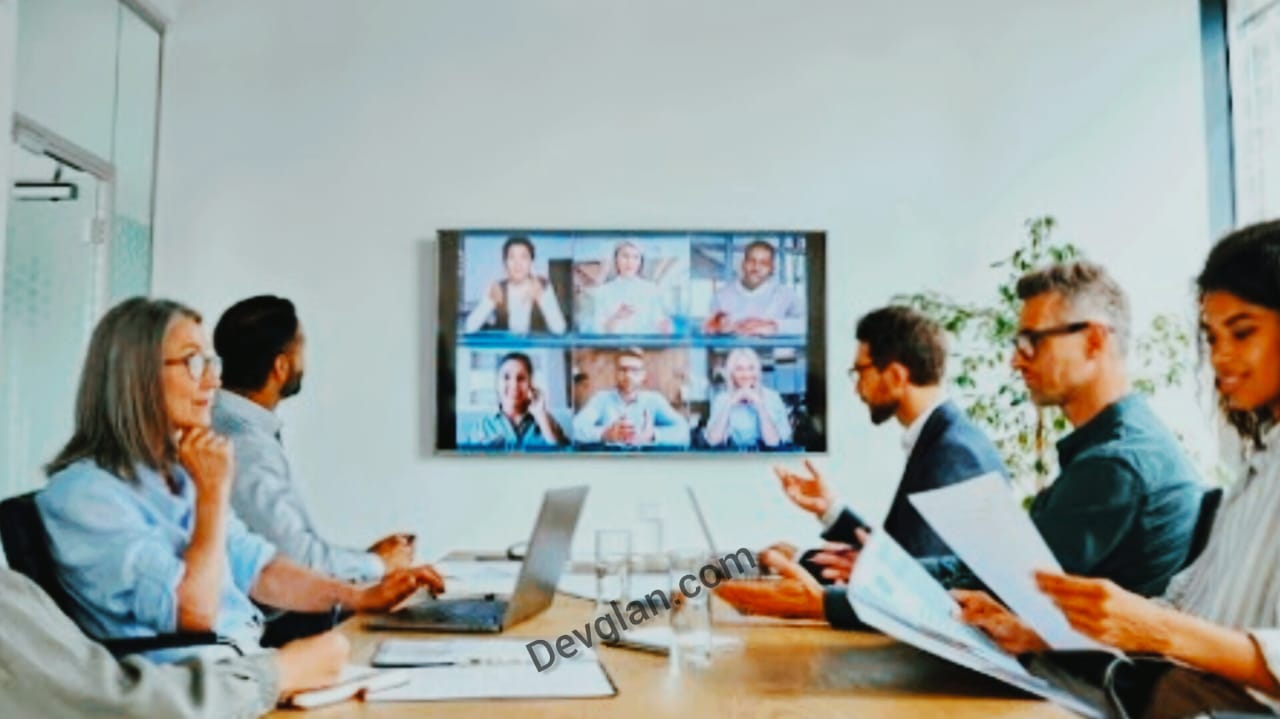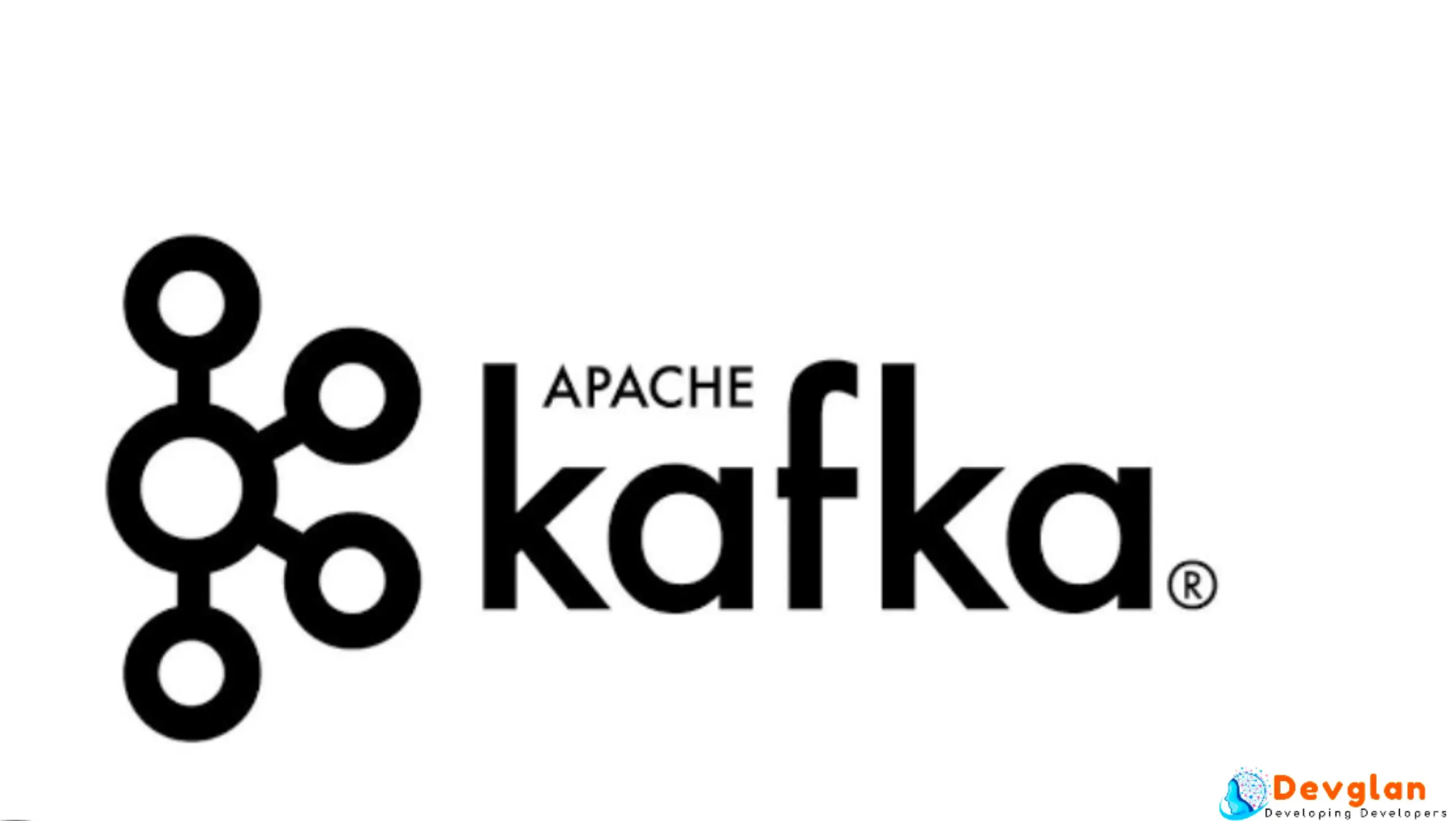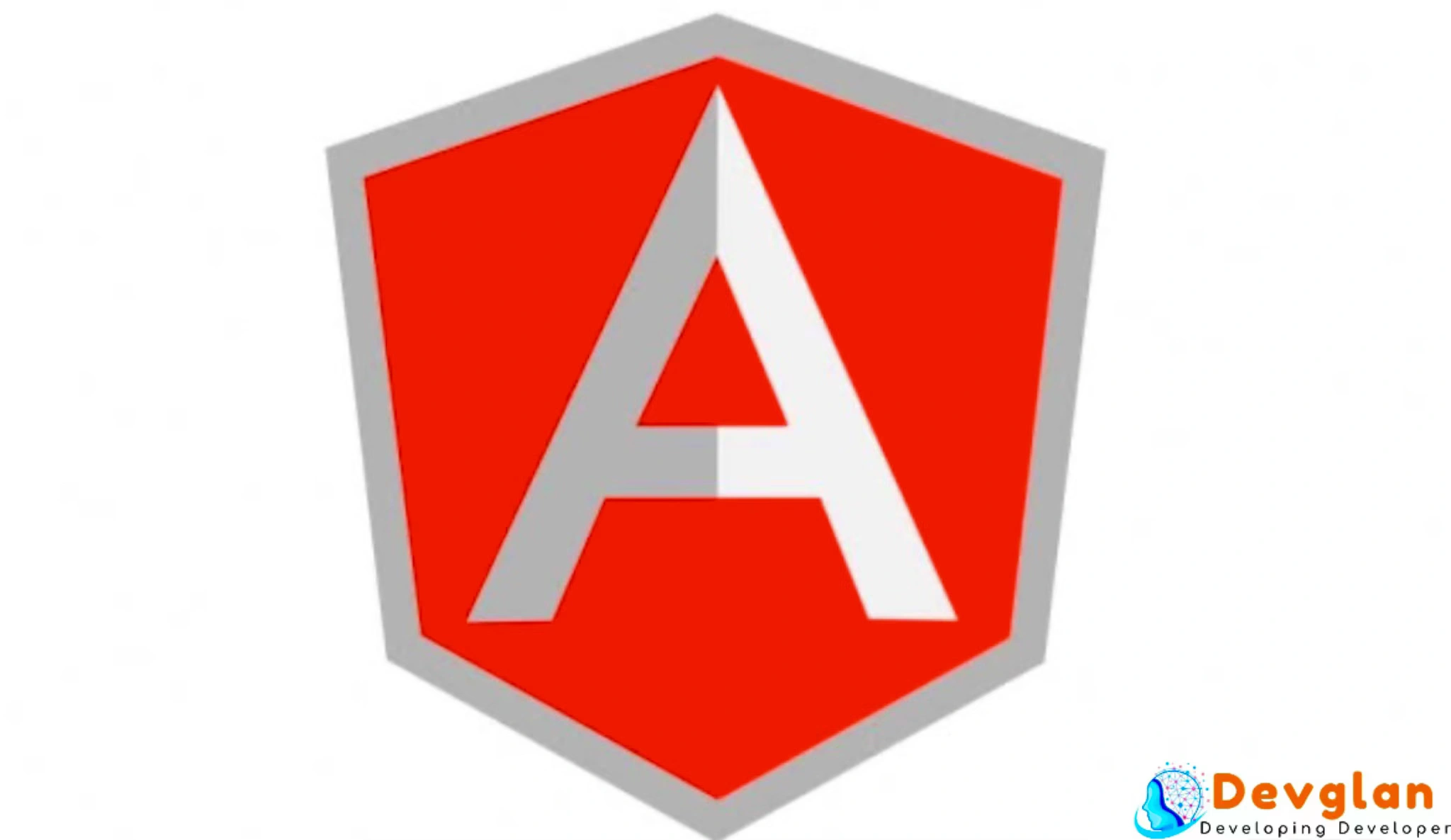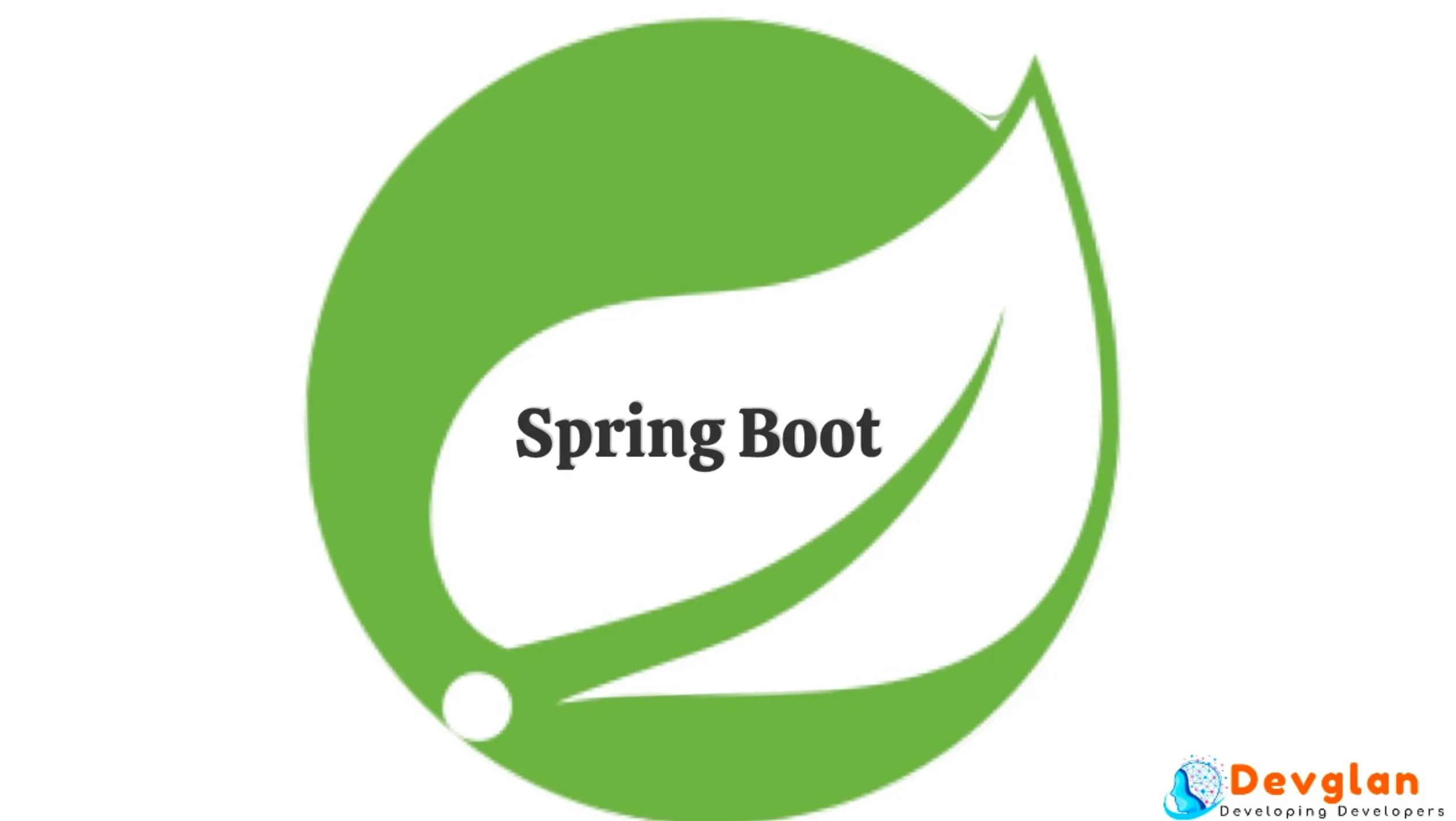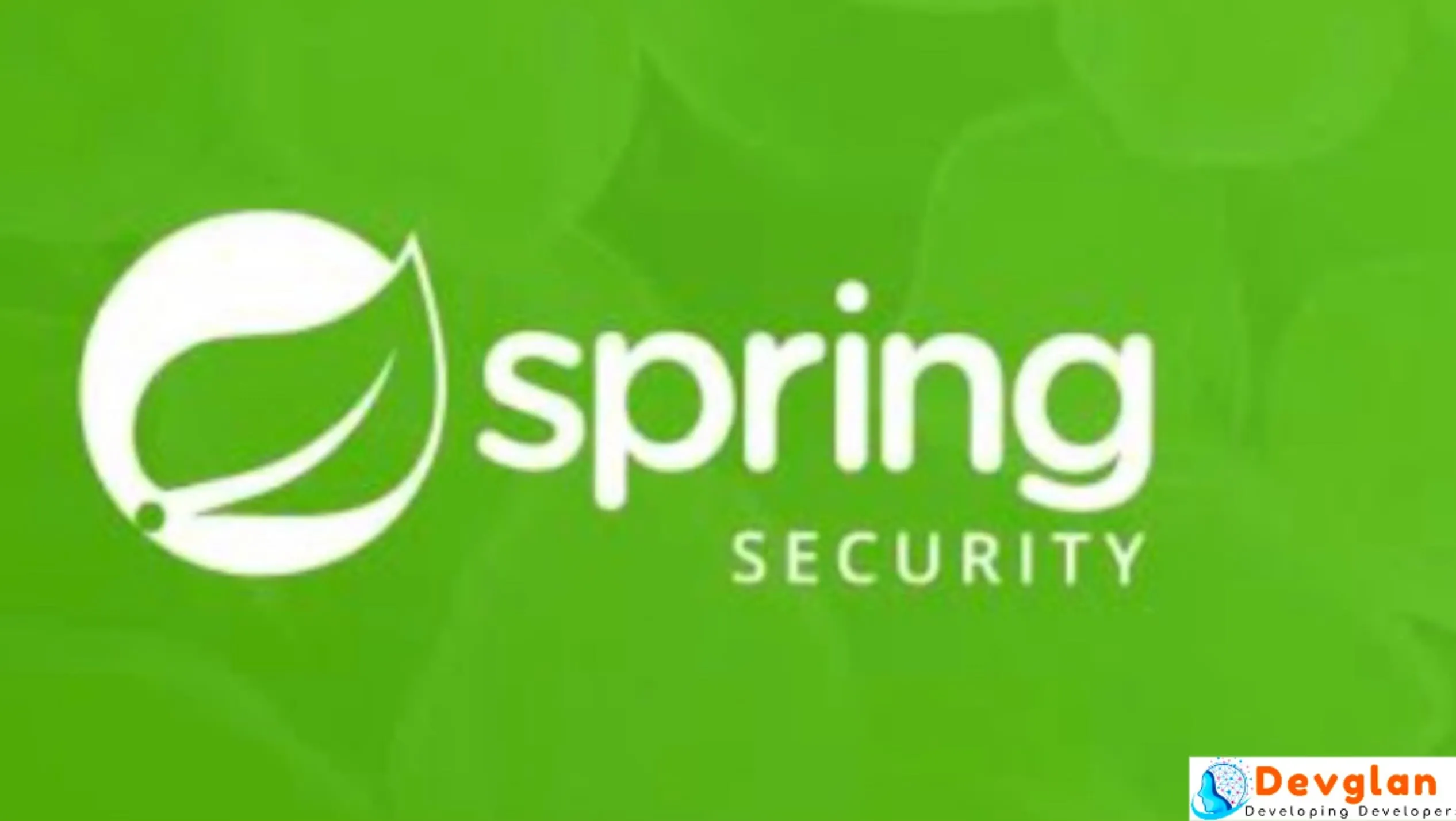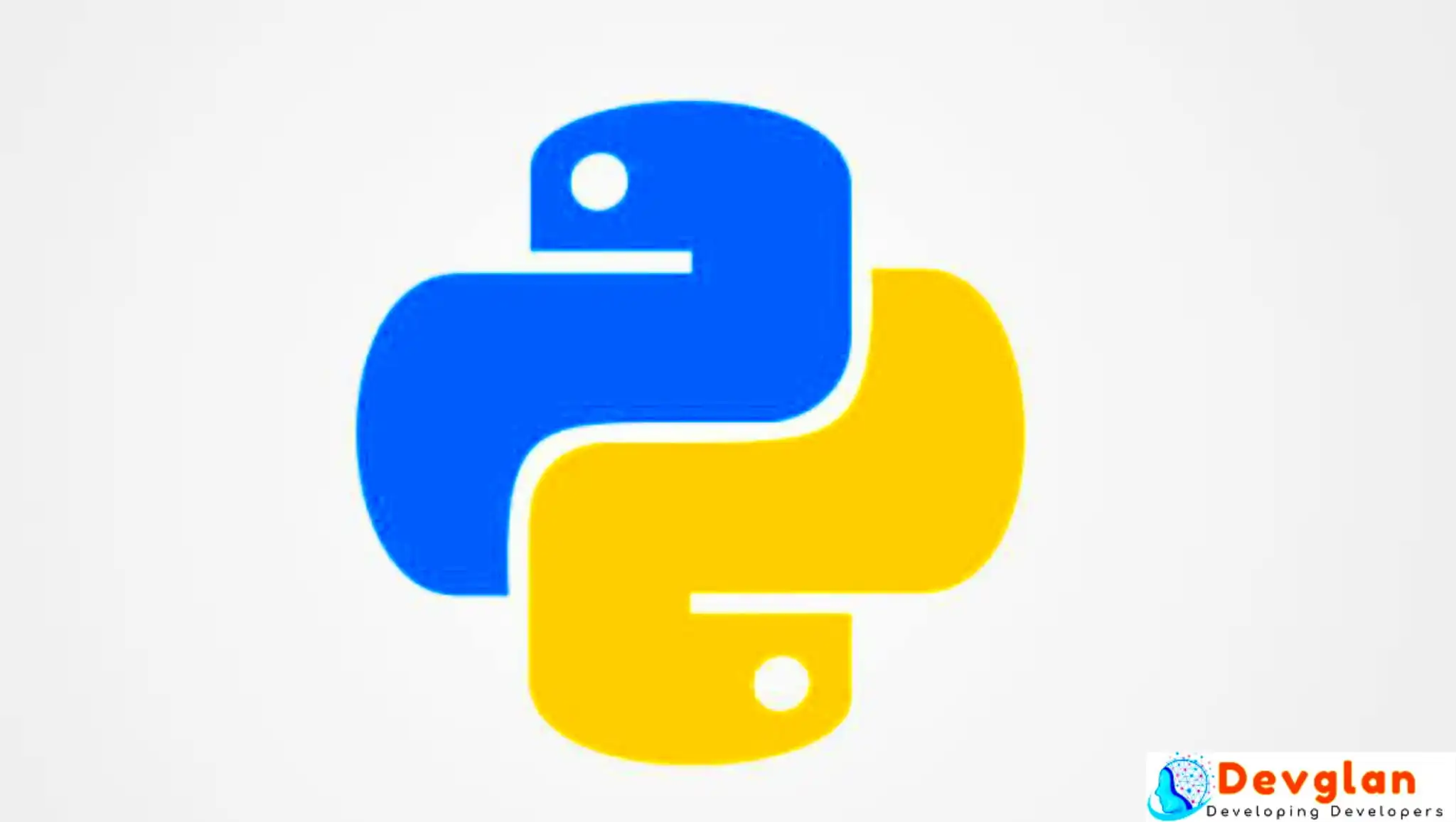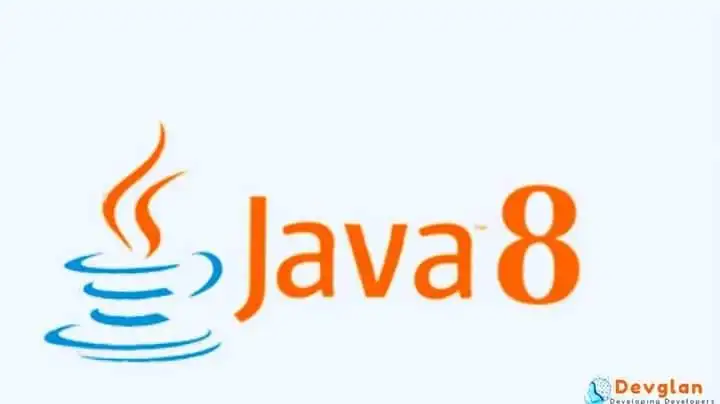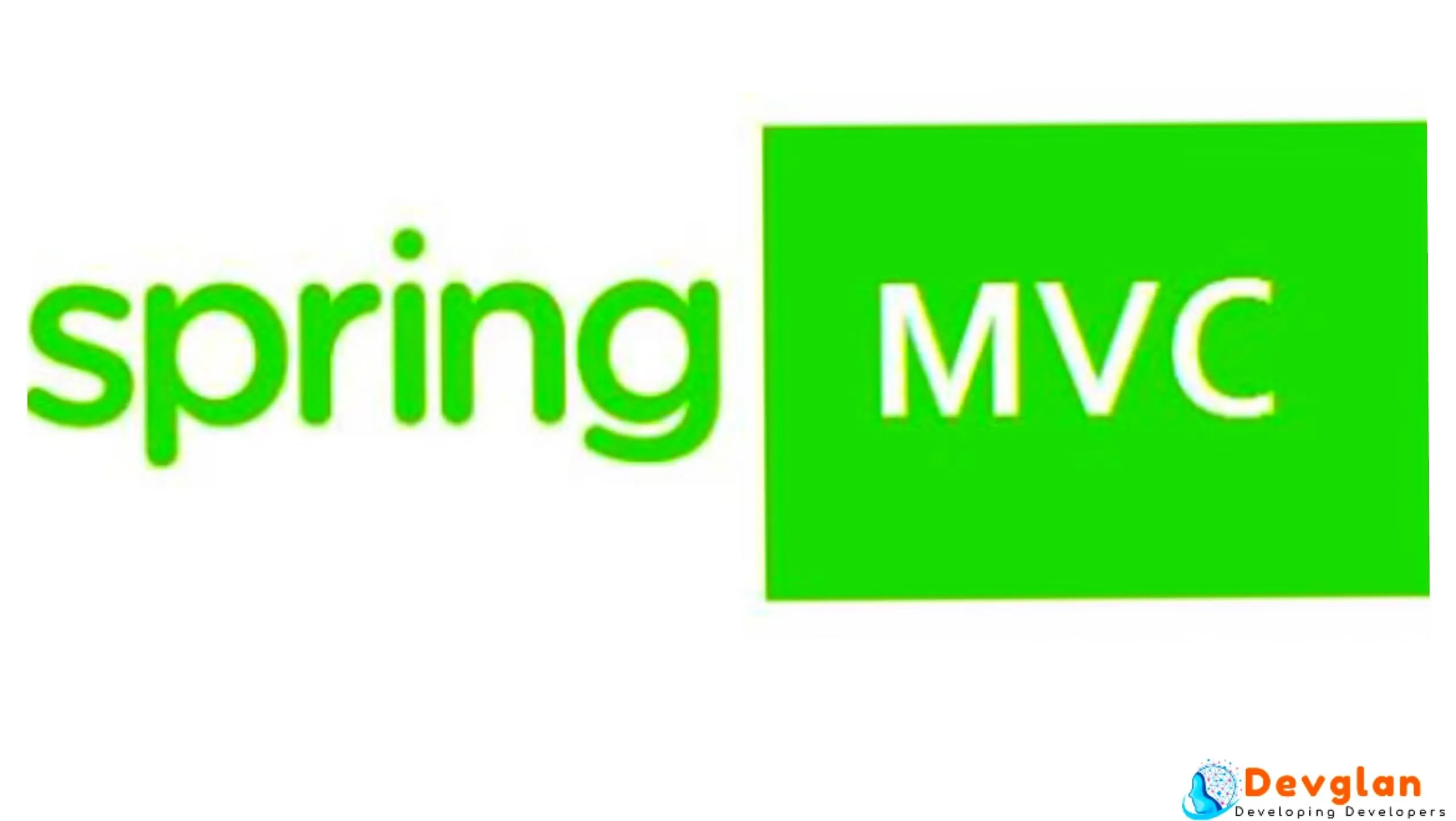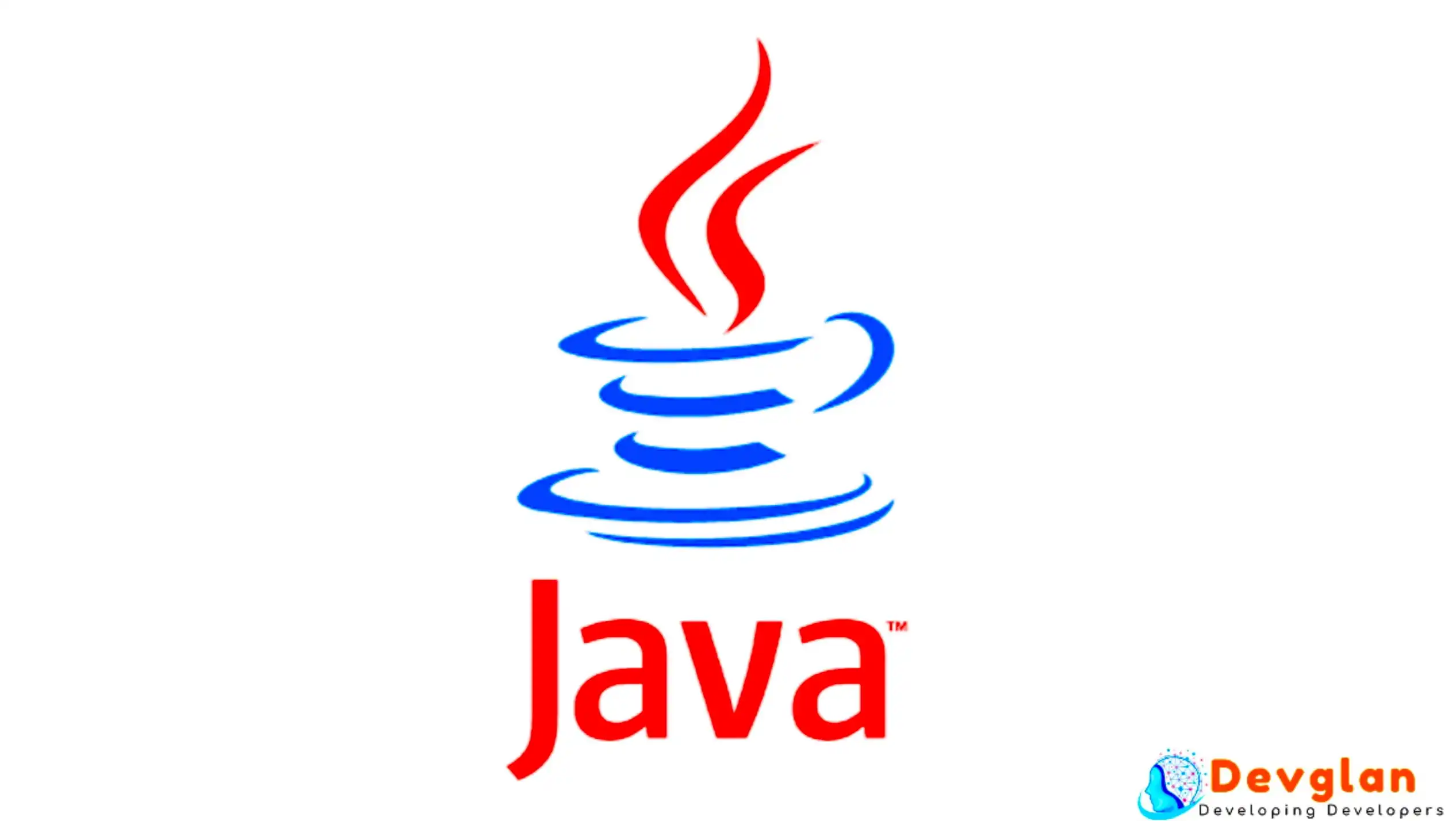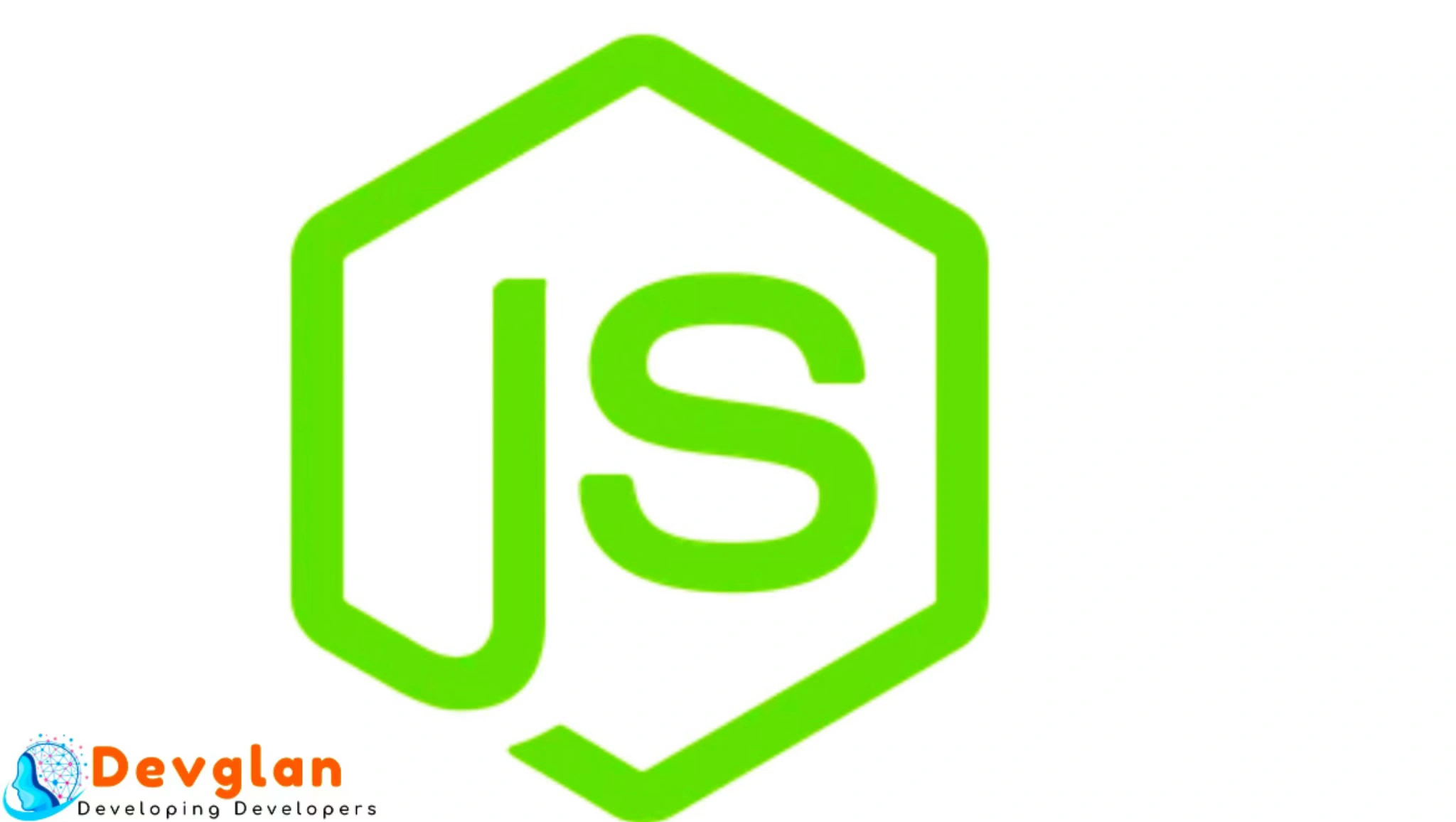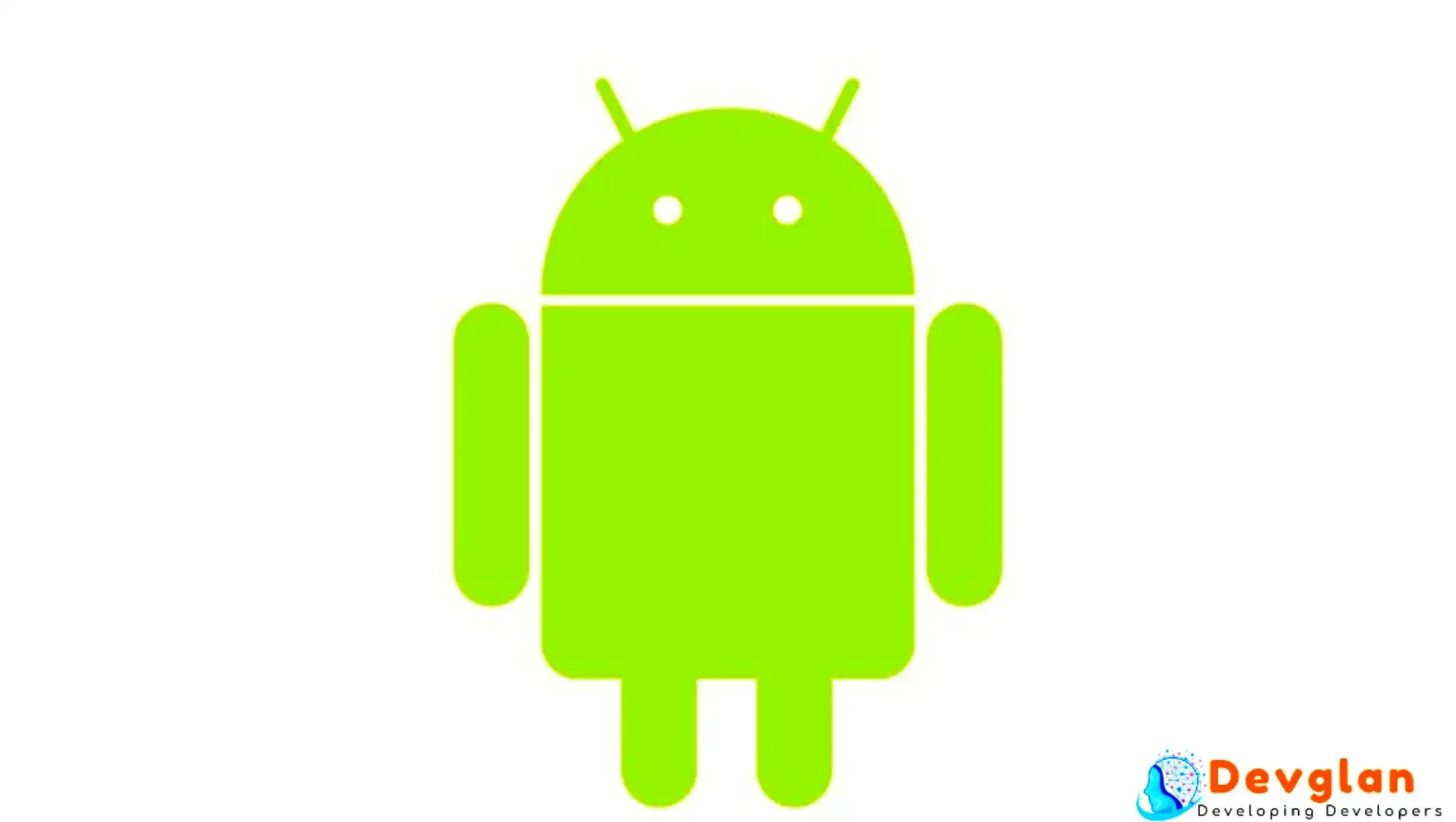It begins quietly: a laptop opens, a webcam flickers on, a voice says, "Can you see my screen?" The modern classroom doesn’t have walls anymore—it has Wi-Fi. The rise of developer video chat has changed how programming knowledge moves around the world. Once, learning to code meant books, long nights, and silent trial-and-error. Now, faces meet through digital windows. A shared screen becomes a shared mind.
According to a 2024 survey by Stack Overflow, more than 63% of developers reported joining at least one live coding session every month. That’s not a coincidence. Video-based collaboration shortens the gap between confusion and clarity. The result? Faster learning, deeper understanding, and a sense of community that chat rooms or text tutorials can’t replicate.
From Solitary Coders to Collaborative Learners
Coding used to be lonely. People typed in isolation, buried in error messages. But things shifted. Now, through online coding tutorials, learners can pause, rewind, and ask questions in real time. The classroom no longer depends on geography or time zones. It’s open, ongoing, and human.
Platforms like the Devglan learning platform highlight this transformation. They don’t just provide code snippets or written guides—they create rooms where learners talk, debug, and discover together. Each line of code shared live becomes a lesson written in collaboration. Teachers explain logic visually, students test in real time, and knowledge flows like a conversation instead of a lecture.
The beauty of this model is its adaptability. Beginners can join free sessions. Professionals can dive into complex frameworks. Each participant learns differently, yet all can connect instantly with an instructor. That human connection—the nod, the laugh, the shared frustration—is what turns information into education.
Why Video Chats Work for Tech Minds
Developers often think visually, spatially, and interactively. A tech education video gives life to abstract syntax. A spoken explanation of recursion, combined with live screen demonstration, can illuminate what static text cannot. Video, unlike print, carries tone. It builds confidence.
There's also accountability. In a developer video chat, no one can hide behind silence. Participants show up, turn on the camera, and engage. This visibility encourages active learning. Setting up video communication is easy; you can install Joingy or similar apps like CallMeChat. The format is flexible enough for peer-to-peer code reviews, remote hackathons, or structured bootcamps.
A 2023 study by Coursera showed that learners using live video in programming courses were 40% more likely to complete them. It’s not magic—it’s motivation through connection. Seeing a mentor code in real time, watching mistakes corrected live, helps demystify programming itself.
Devglan and the New Age of Developer Education
The Devglan learning platform is part of this educational wave. Designed for developers, it merges community, tools, and interactive lessons. A learner can jump into a live session on Java security, share their screen, and get instant feedback from an expert. No delay. No intimidation. Just learning in motion.
This hybrid of technology and teaching redefines what professional growth looks like. Instead of enrolling in a multi-year degree, coders now build skills on-demand, guided by mentors halfway across the world. The cost is lower, the flexibility higher, and the results measurable.
The platform’s statistics show that students retain 60% more knowledge when lessons include both coding and discussion. Learning is no longer about memorization—it’s about participation.
When Cameras Teach Logic
A live coding session isn’t a show—it’s a bridge. Imagine a developer demonstrating how to refactor a messy function while questions appear in chat. The teacher pauses, explains why certain methods matter, and demonstrates live debugging. Mistakes become part of the teaching.
The format turns abstract theory into something tangible. Viewers don’t just hear explanations; they see how logic unfolds in practice. This immediacy accelerates comprehension. Even difficult subjects—like machine learning models or API integration—become approachable when delivered visually.
For experienced developers, these sessions act as skill-refreshers. For beginners, they serve as initiation. For both, they redefine what “classroom” means.
Challenges and the Future Ahead
Of course, not every camera brings clarity. Some learners still face bandwidth limits, time differences, or the fatigue of constant video exposure. Others prefer to learn through silence and practice rather than group discussion. Technology can teach, but it can also exhaust.
Yet, the direction is clear: developer video chat and interactive online coding tutorials are shaping the future of programming education. Institutions are already adopting hybrid models, merging asynchronous materials with live mentorship. What started as a pandemic solution has evolved into a permanent pillar of learning.
Beyond the Screen
So, what’s next? Possibly more immersive classrooms—augmented coding environments where instructors use digital whiteboards and AI assistants. Imagine a world where code errors are explained instantly by voice, or where mentors appear as holograms.
But even in those futuristic classrooms, one thing will stay constant: connection. Because behind every webcam, there’s still a human trying to understand another human’s logic. Code may be the language, but communication is the lesson.
And that, perhaps, is the real achievement of this digital shift—the rediscovery of learning not as isolation, but as collaboration.

